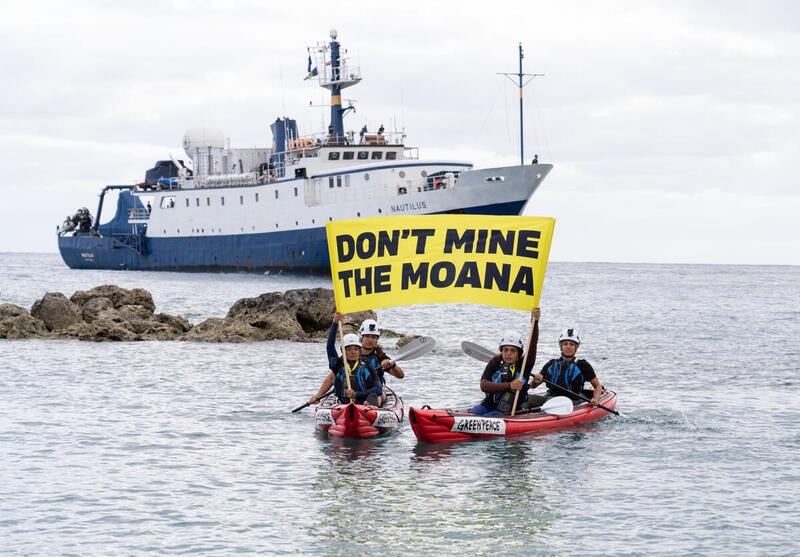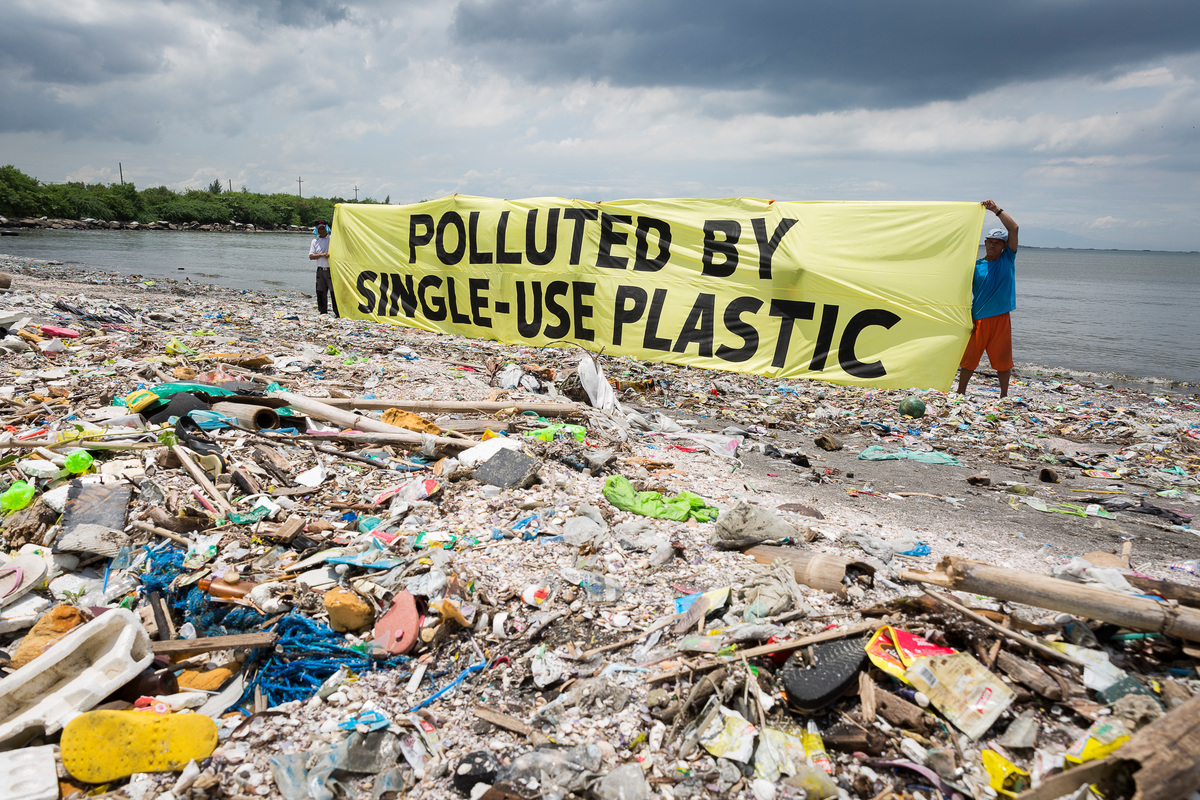Warning: This piece contains spoilers.
David Attenborough’s new movie Ocean hit cinemas last week, its release coinciding with the 99th birthday of the revered broadcaster and conservationist.
The message he leaves us with is this: “After living for nearly a hundred years on this planet, I now understand that the most important place on Earth is not on land, but at sea.”
A rallying cry to protect our blue planet, Ocean shines a light on how industrial fishing methods like bottom trawling have been sucking the life out of the sea for decades.
Read: What is bottom trawling?
It delivers Attenborough’s strongest message to date, urging us to seize the opportunity available this year to protect the ocean, if we’re to have any hope of a habitable life on Earth.
In never-before-seen footage, we see industrial bottom trawlers smash their way across the seafloor, tearing up everything in their path. Sediment is stirred, scallop beds destroyed, and marine life races to escape nets that bulldoze on, unabated.
“The idea of bulldozing a rainforest causes outrage, yet we do the same underwater every day,” he says. Moments later, we’re served the statistic that an area the size of the Amazon is bottom trawled every year on a global scale.
Shocking as it is, we have long known about bottom trawling’s impact on the ocean. Seven centuries ago, in 1367, fishermen in Britain called for a ban on bottom trawling for fear of the damage it was causing. Closer to home, a 1901 article in the New Zealand Times raised the issue of the “evils of trawling” in the Hauraki Gulf.
In March, we witnessed intensively trawled areas ourselves, out on the Seamounts Expedition in the Tasman Sea.
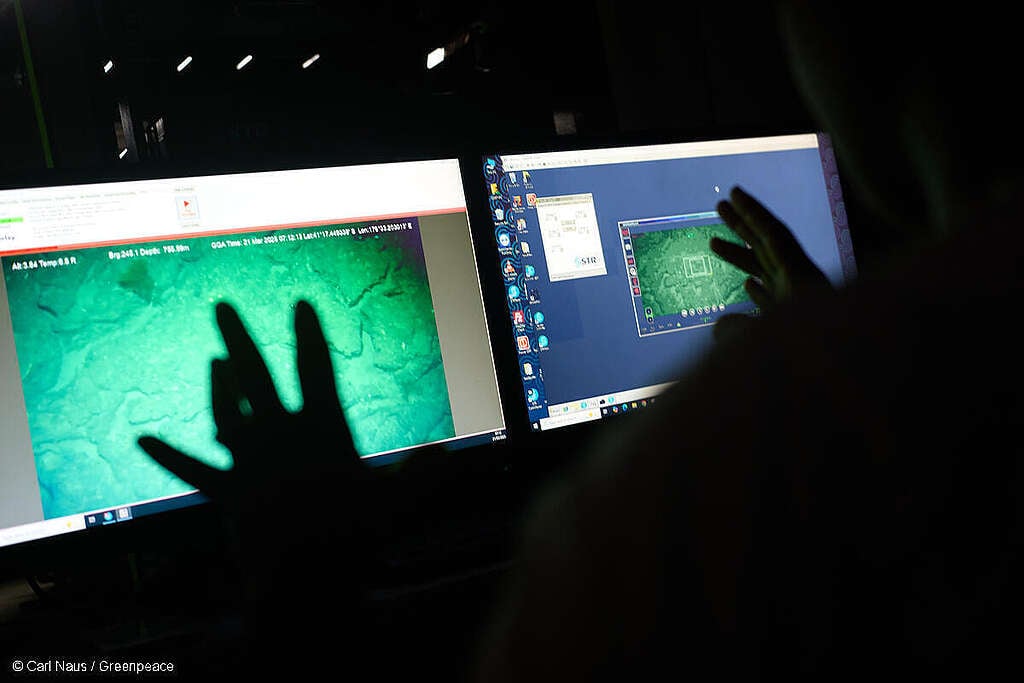
Ocean exposes bottom trawling – does trawling happen in New Zealand?
The New Zealand commercial fishing industry is shockingly committed to bottom trawling – a hugely destructive and indiscriminate fishing method.
Brought here during the violence of colonisation, this type of fishing is a far cry from the methods used in Te ao Māori, that worked in harmony with the ocean. It is a method that was imposed on Aotearoa and one that is still doing a huge degree of damage.
After decades of pleas, the industry has refused to transition away from it.
New Zealand bottom trawlers target waters around the country – from the relative shallows of the Hauraki Gulf to the deep sea of the Chatham Rise – but they are also the last fleet to bottom trawl the High Seas of the South Pacific.
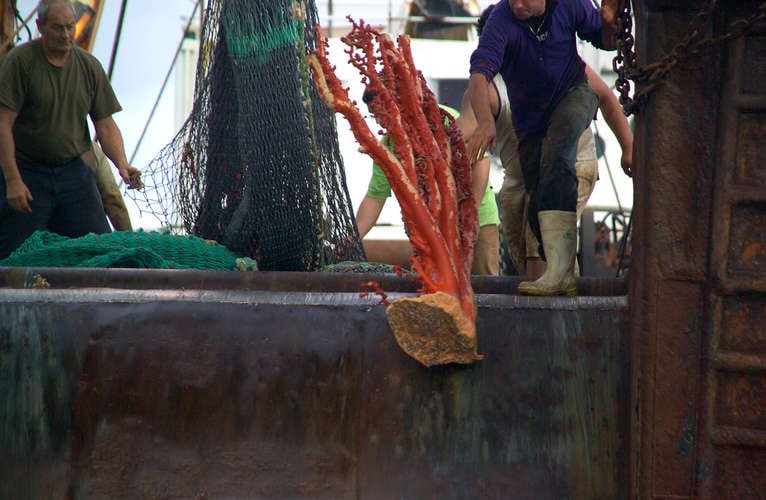
Out here in the deep, fishers often target seamounts and other features that rise from the seabed – which create the perfect conditions for coral and sponge gardens to grow. These habitats are slow to grow (some corals in New Zealand waters have been aged at thousands of years old), and they are incredibly fragile, making them particularly vulnerable to bottom contact fishing, which wipe them out in a handful of trawls.
These habitats are targeted because they are wildlife hotpots – fish go there to spawn and aggregate, even whales are known to use them for navigation and feeding.
Read: 5 things you need to know about seamounts
Why is destructive bottom trawling allowed to continue on seamounts?
As the David Attenborough film points out, it’s not that this is happening in a vacuum, but that this type of fishing is often encouraged or supported by governments.
For New Zealand’s part, we have seen our government block moves to protect vulnerable habitats in the High Seas from trawling on multiple occasions. That’s despite other countries supporting protection. Indeed, New Zealand government officials have often worked more in favour of commercial fishing interests on the international stage, and against the best interests of the ocean.
No word needs to be uttered of the commercial fishing donations to the current Ocean and Fisheries Minister, Shane Jones, which has surely had no impact on his decisions around this.
But people overwhelmingly want protection. 73% of New Zealanders polled last year said they supported bottom trawling being removed from the High Seas. If you agree with them after all that you’ve seen and read, please sign the petition to stop this.

Join the call to demand that the NZ Govt bans bottom trawling on seamounts and similar deep sea features, and stop issuing permits for bottom trawling in international waters.
Take ActionTransition is as possible as it is necessary, but it cannot happen if the industry and the government continue to bury their heads in the sand about the damage wrought by this fishing method.
After watching Ocean, what can I do to help?
Greenpeace and allies have been running campaigns to restrict bottom trawling for decades.
If the “ocean is our planet’s life support system, and our greatest ally against climate catastrophe,” then it is in our best interests to keep it healthy and full. Evidence shows that when the ocean is full of life, it is more resilient in the face of climate impacts. Fish, coral and biodiversity are all important in the careful balance of this system, and bottom trawling undermines this baseline.
To help, you can sign the petition that’s calling for this damaging method to be stopped in the places it does the most harm, or share this blog to spread the word.
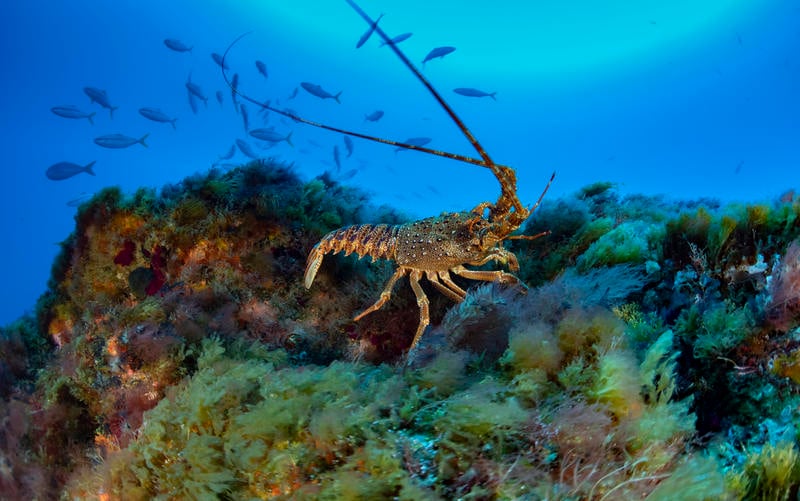
How the Global Ocean Treaty can protect the ocean
For years, hundreds of scientists and civil society organisations have been urging for 30% of the global ocean to be highly protected for this very reason. We know that when areas of the ocean are placed off limits – into sanctuaries, areas protected from human activities – they can not only recover, but thrive.
The newly agreed Global Oceans Treaty gives us the mechanism to create these protected areas, but we have to act urgently to make this happen, and in doing so resist the industries that will stop at nothing to preserve the status quo.
“This could be the moment of change. Nearly every country on Earth has just agreed, on paper, to achieve this bare minimum and protect a third of the ocean.
Together, we now face the challenge of making it happen.”
– David Attenborough
Hope: What we can learn from the whales
“The ocean can recover faster than we had ever imagined,” says Attenborough, and details the example of how whale populations rebounded after commercial whaling was largely banned in 1986. This saw blue whales, for example, recover from being down to just 1% of their original numbers, back to around 10% today.
It is a welcome success story, and one we should take heed of. Recovery is absolutely possible, but it does require decisive action and change.
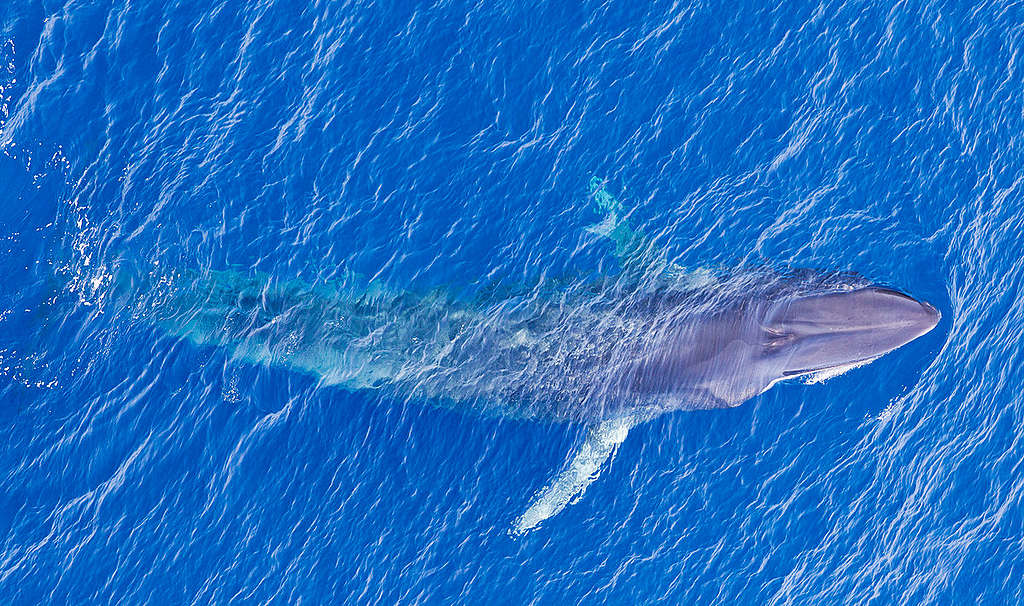
The current system of ocean governance has failed. But the Global Ocean Treaty gives us hope, and a once in a generation opportunity. Creating protected areas in the High Seas – areas that outlaw multiple threats – will be our best bet in turning the tide on the ocean crisis. This opportunity lies at our feet.
An ocean sanctuary in The Tasman Sea
The Tasman Sea, just off our coast between Aotearoa and Australia, is high on the list for one of the world’s very first protected areas in these international waters. A volcanic lost world, full of ancient undersea mountains, slow-growing coral, fish and a hotspot for seabirds – this is a place worth protecting.

The need for protection is urgent. Industrial scale fishing takes place in this area, including New Zealand bottom trawlers. Last year, NZ trawler The Tasman Viking pulled up 37kg of coral in the Lord Howe Rise area, something Oceans and Fisheries Minister Shane Jones responded to by saying he wants trawlers to be able to pull up more coral.
We cannot protect this place by words alone, and that’s why in March, Greenpeace Aotearoa undertook an expedition to document the life found in the Tasman, as well as the destruction caused at the hands of bottom trawlers. Results from this research will be used to help protect ocean life in the Tasman Sea.
As we have for decades, Greenpeace will continue to campaign for protection from industrial scale fishing, and call on the government to act, but we need you with us.
If you watched Ocean, and want to take action, please sign the petition. Or click here for other ways to get involved.
As Attenborough puts it – “If we save the sea, we save our world.”

Join the call to demand that the NZ Govt bans bottom trawling on seamounts and similar deep sea features, and stop issuing permits for bottom trawling in international waters.
Take Action


